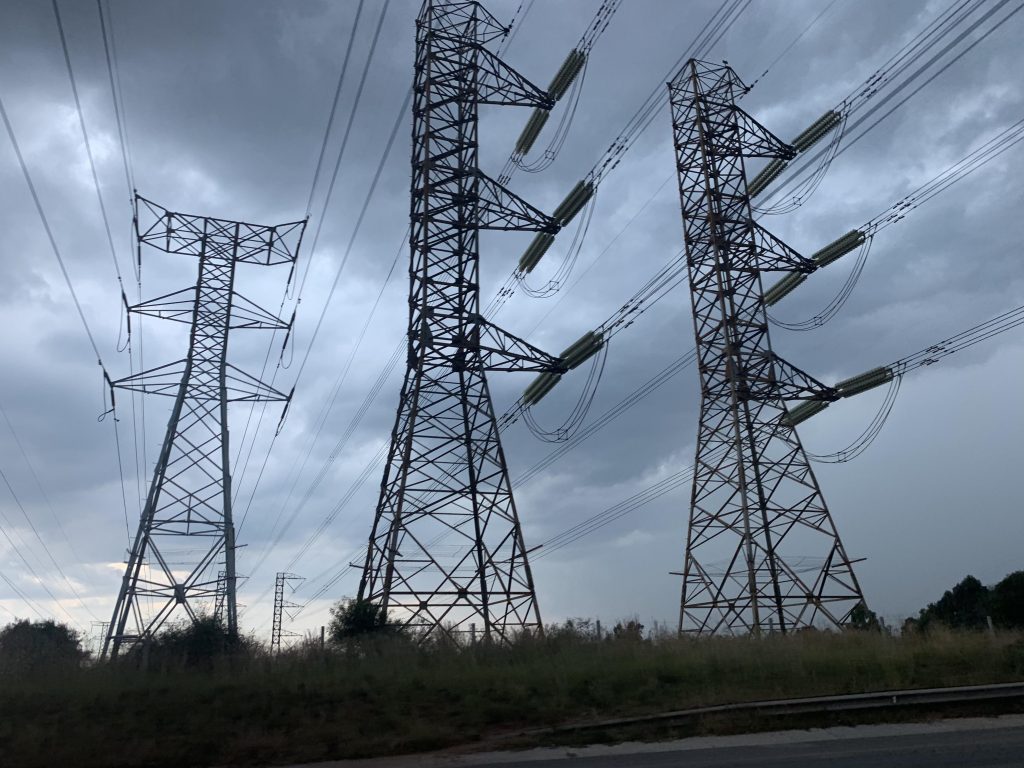The South African Special Risk Insurance Association (Sasria), which provides cover for damage caused by politically motivated malicious acts, riots, strikes, terrorism and public disorders, dropped a bomb at the end of April. Then it tried to defuse it a few days later.
It announced that starting from 1 June all its policies, whether existing, new or renewed, will exclude claims stemming from an electricity grid failure or blackout. Several days later the insurer retracted the circular.
South Africans are already vulnerable because of load shedding as businesses and households are subjected to increased incidents of crime during that time.
Currently load shedding lasts more than 11 hours per day.
The violent and deadly looting that took place in KwaZulu-Natal and Gauteng in July 2021 remains fresh in the memory of all South Africans. Sasria paid out claims worth around R30 billion.
Sasria CEO Mpumi Tyikwe acknowledged the damage the violence and looting caused to the economy and infrastructure.
“Much as this is etched in our history – we need to reflect, plan better and vow never to see such a repeat,” Tyikwe said.
The bomb
On 28 April 2023 Sasria issued Circular 526 announcing that a Sasria policy will not, from 1 June, indemnify all insured policyholders for any loss, damage, cost or expense, directly or indirectly caused by, arising out of, in any way or to any extent contributed to by, or in connection with electricity grid failure.
Read: Sasria won’t pay claims for grid collapse
“This exclusion applies to any riot, strike or public disorder (including civil commotion, labour disturbances or lock-outs) directly or indirectly caused by, arising out of, in any way or to any extent contributed to by, or in connection with an electricity grid failure,” it stated in the circular.
Sasria executive strategy and underwriting manager Themba Sibiya said the exclusion will also apply to “consequential or indirect losses” in respect of any supply by public utilities that is affected in any way by an electricity blackout.
This includes, but is not limited to the disruption of water, telecommunications or sewerage supply or systems.
“It also includes any other direct or consequential or indirect losses such as the deterioration of any food or any other items,” Sibiya said.
Sasria describes a grid failure as: “ … the total or partial, failure of, interference with, interruption of or suspension of any electricity supply, in any manner and from any source, and for any reason”, including fortuitous [‘happening by chance’] or malicious damage and any inability, which affects an entire or major part of any municipal area, province or the country as a whole.”
Read:
It further includes claims stemming from any interruption, power surge or suspension when the electricity supply is eventually reconnected or reinstated.
Apology for confusion
On 5 May Sasria executive manager for stakeholder management Muzi Dladla formally retracted the circular and apologised for the confusion “that may have been caused”.
“Various industry stakeholders have brought to our attention the insufficiency in respect of the implementation period stipulated in the circulars and this has resulted in an undue and inadvertent difficulty for the affected parties,” Dladla said.
Sasria promised to reissue the communication.
Another circular that was also retracted relates to the wording of its material damage policy. In the circular Sasria says as part of its “ongoing commitment to delivering exceptional customer service” it has been engaging with various stakeholders to discuss their policy wordings.
The insurer decided to prioritise the review of the Sasria Material Damage policy wording and its accompanying regulations. The revised wording was supposed to be implemented on 1 June, but this was also retracted.
It is unclear when the communication relating to the circulars will be reissued.
Listen to this Moneyweb@Midday podcast with Jeremy Maggs:
You can also listen to this podcast on iono.fm here .

